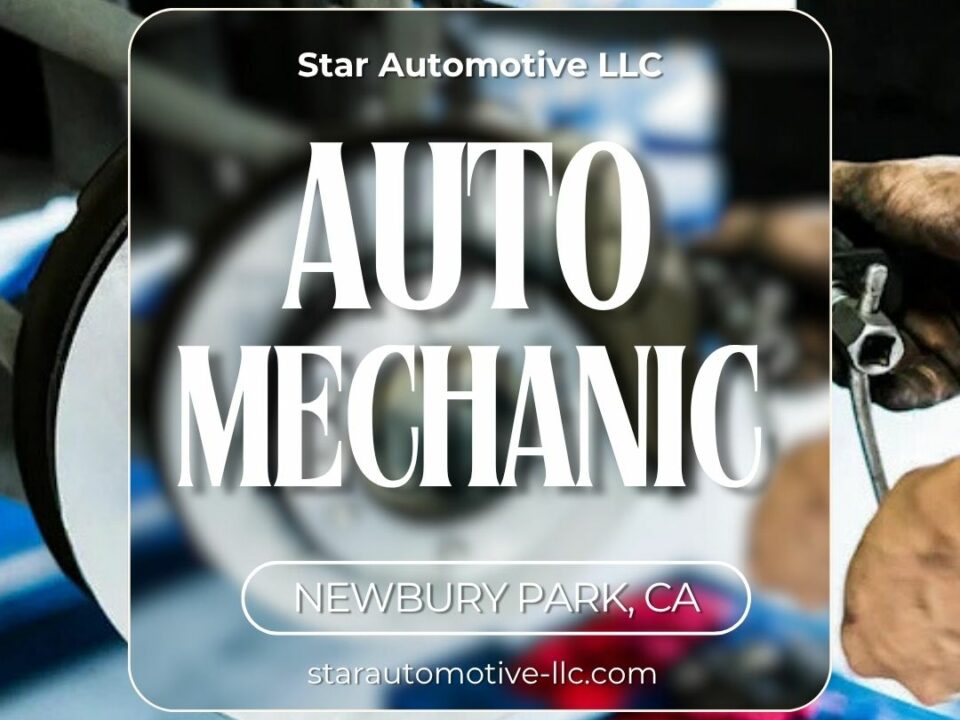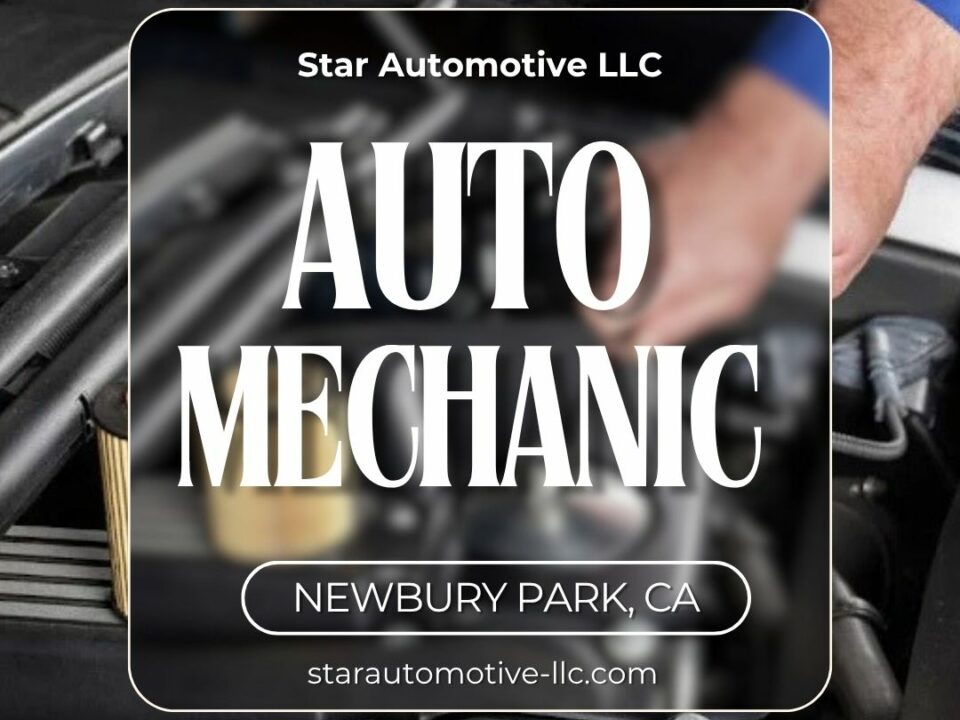How Your Auto Mechanic Identifies Common Transmission Issues
September 5, 2024When to See an Auto Mechanic for Transmission Fluid Leaks
September 5, 2024
When evaluating whether your vehicle requires auto mechanic, several key indicators can signal the need for professional intervention. Unusual sounds during gear shifts, such as grinding or whining, can be early signs of trouble. Additionally, if you experience delays in gear engagement or notice warning lights on the dashboard, these are clear indicators that your transmission system may be compromised. Given the complexity of modern transmissions, entrusting a certified mechanic with specialized diagnostic tools is imperative. This ensures not only accurate identification of the issue but also effective repair to maintain the vehicle’s performance.
Indications of Transmission Trouble
When a vehicle’s transmission begins to falter, it often displays a series of telltale signs that should not be ignored. One of the foremost indicators is a noticeable delay in gear engagement. This lag, often accompanied by a clunking noise, suggests that the transmission’s hydraulic system is under duress.
Another critical sign is the presence of transmission fluid leaks. Unlike other automotive fluids, transmission fluid is typically red or brown and has a distinct, sweet smell. A puddle beneath the vehicle could indicate a compromised transmission seal or gasket.
Furthermore, erratic shifting patterns are a red flag. If your vehicle shifts gears unexpectedly or struggles to maintain a specific gear, it could point to an issue with the transmission’s internal components or electronic control module. This symptom is especially prevalent in brand-specific models that integrate complex transmission systems, such as BMW’s Steptronic or Audi’s Tiptronic.
Lastly, a burning smell emanating from the transmission area should raise immediate concern. This often results from overheated transmission fluid, which can deteriorate the transmission’s internal components. Addressing these signs promptly can prevent more severe damage and ensure a smoother driving experience, fostering a sense of reliability and community among vehicle owners.
When to Seek Professional Help
At what point should you involve a professional auto mechanic for transmission repair? The answer lies in recognizing subtle yet critical signs of distress. If you notice unusual noises, such as grinding or whining, especially when shifting gears, it’s time to seek professional help. Modern transmissions are complex, and only certified mechanics possess the technical expertise to diagnose and address these issues accurately.
Cultural nuances also play a role; in communities where vehicle maintenance reflects reliability and status, prompt professional intervention is vital. For brands like BMW or Lexus, known for their precision engineering, using authorized service centers ensures that your high-performance vehicle maintains its optimal condition and value.
Additionally, look out for warning lights on your dashboard, delayed gear engagement, or fluid leaks. These symptoms can indicate underlying problems that, if ignored, may lead to more severe damage. A professional mechanic will use specialized diagnostic equipment to pinpoint the issue, ensuring thorough and effective repair.
For those who value belonging to a community of knowledgeable car enthusiasts, addressing transmission problems early with professional help is a mark of responsible ownership. Embrace the expertise available and maintain your vehicle’s performance and longevity by trusting qualified auto technicians.
In summation, recognizing and addressing transmission issues early is imperative to maintain vehicle performance and prevent extensive damage. As the adage goes, “A stitch in time saves nine”; timely professional intervention with the aid of specialized diagnostic equipment ensures efficient and effective repairs. Especially in communities that prioritize vehicle upkeep, relying on certified auto mechanic for transmission repairs is crucial for sustaining a smoother driving experience and extending the vehicle’s lifespan.
Next article Prev article


